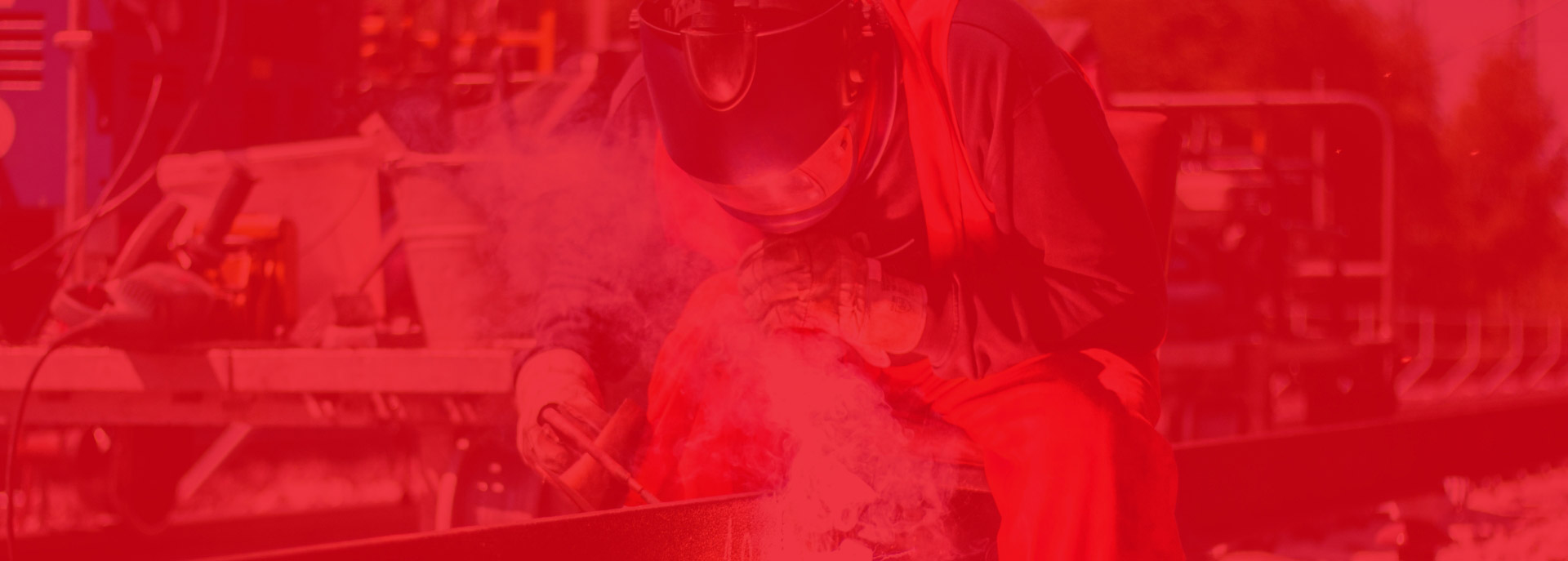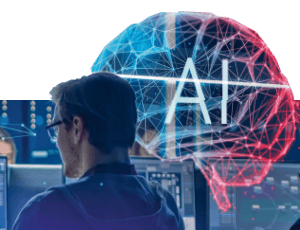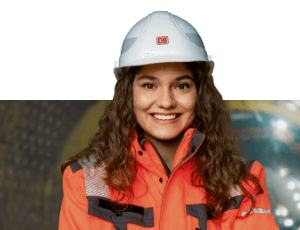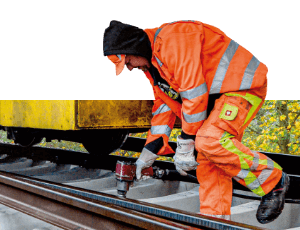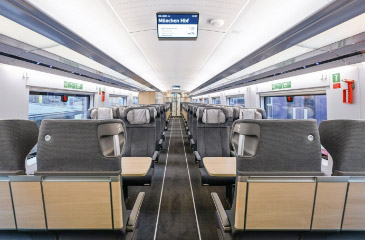We are building for the railway of the future
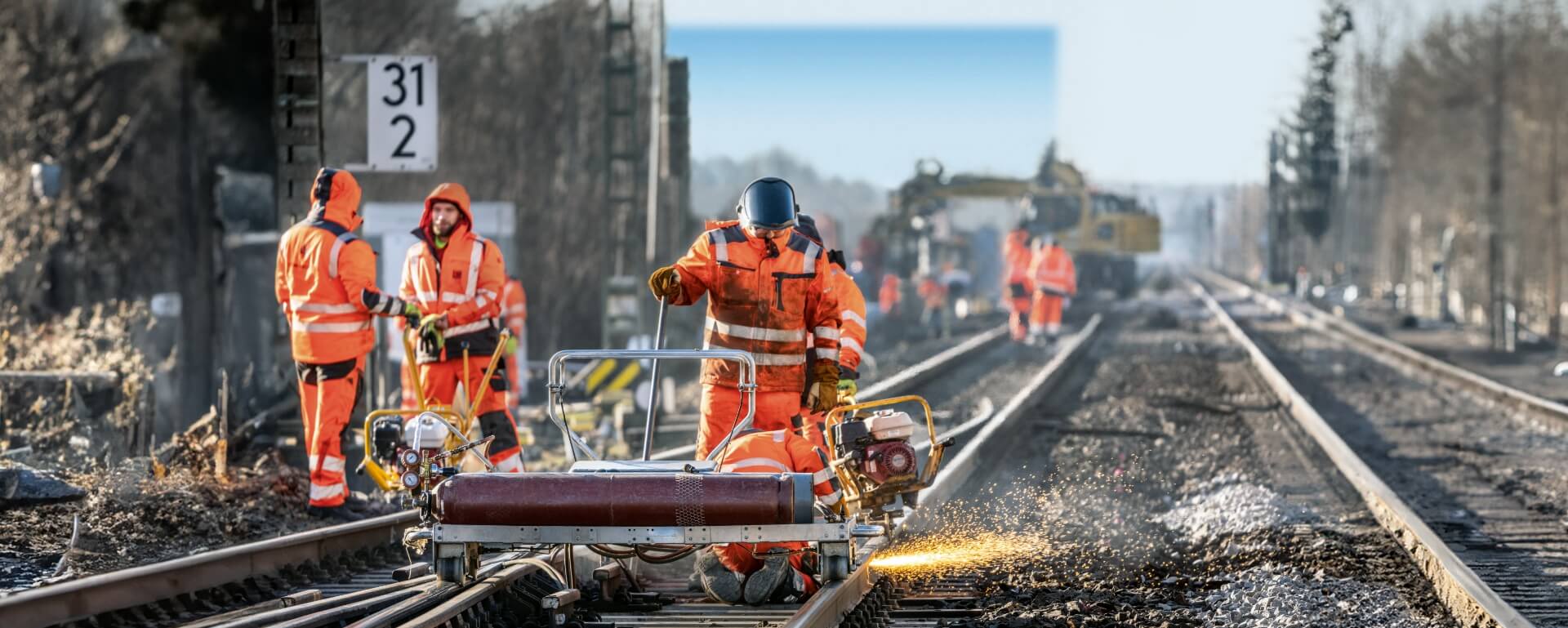
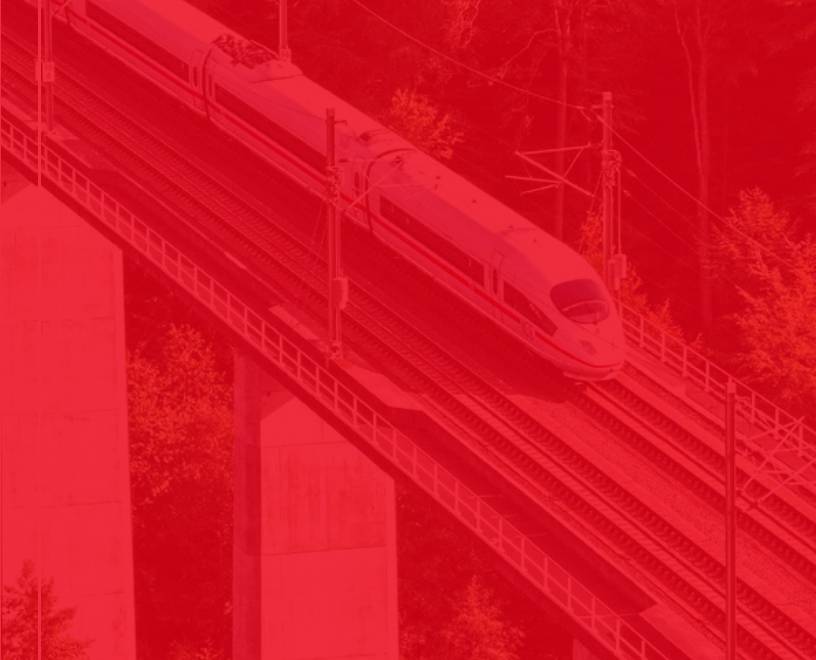
Germany needs a
high-performance infrastructure
A modern infrastructure is the basis for economic growth. A modern infrastructure is also the foundation for attractive and efficient rail transport. This is the only way to convince more people to switch to the most climate-friendly motorized means of transport and to shift more goods to rail. And only in this way can the implementation of transport policy objectives be successful. Together with the Federal Government, we are therefore working to give Germany the modern rail infrastructure it needs. This requires comprehensive renovation, modernization and digitalization, as well as targeted expansion and new construction.
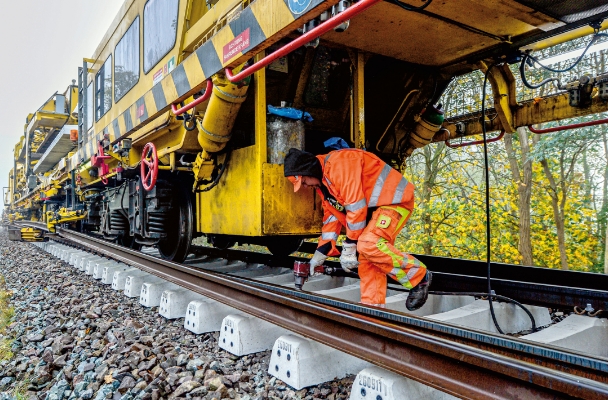
Together with the Federal Government, we are setting the course for a shift in the mode of transport and improving product quality, creating additional capacity and thus improving customer satisfaction.
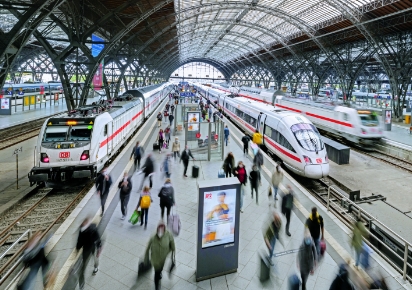
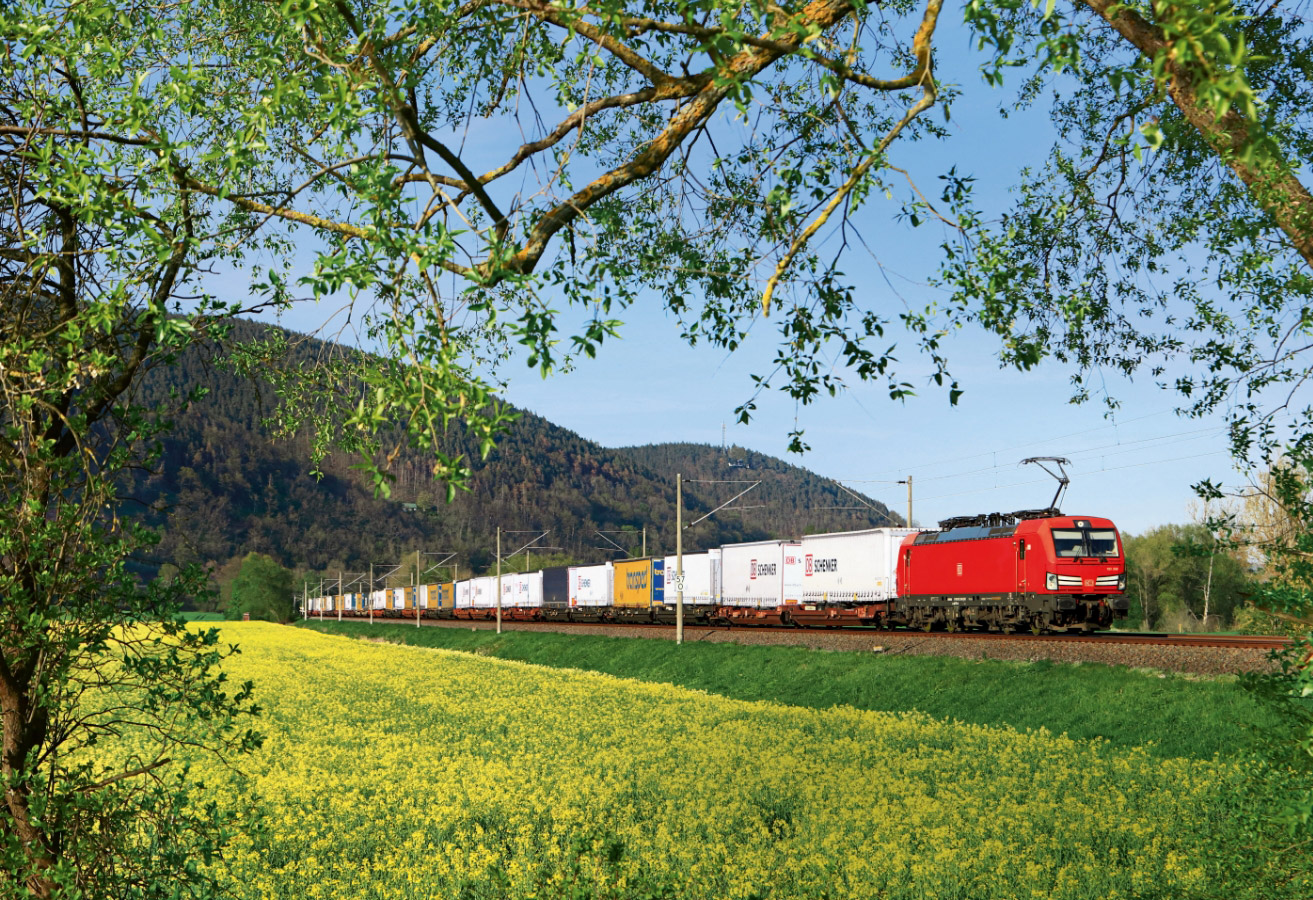
In the past, funds for the rail network, service facilities and stations have not been sufficient to achieve a high level of performance and quality as traffic volume has increased. Together with the Federal Government, we will now be significantly increasing the funds for renewal and maintenance.

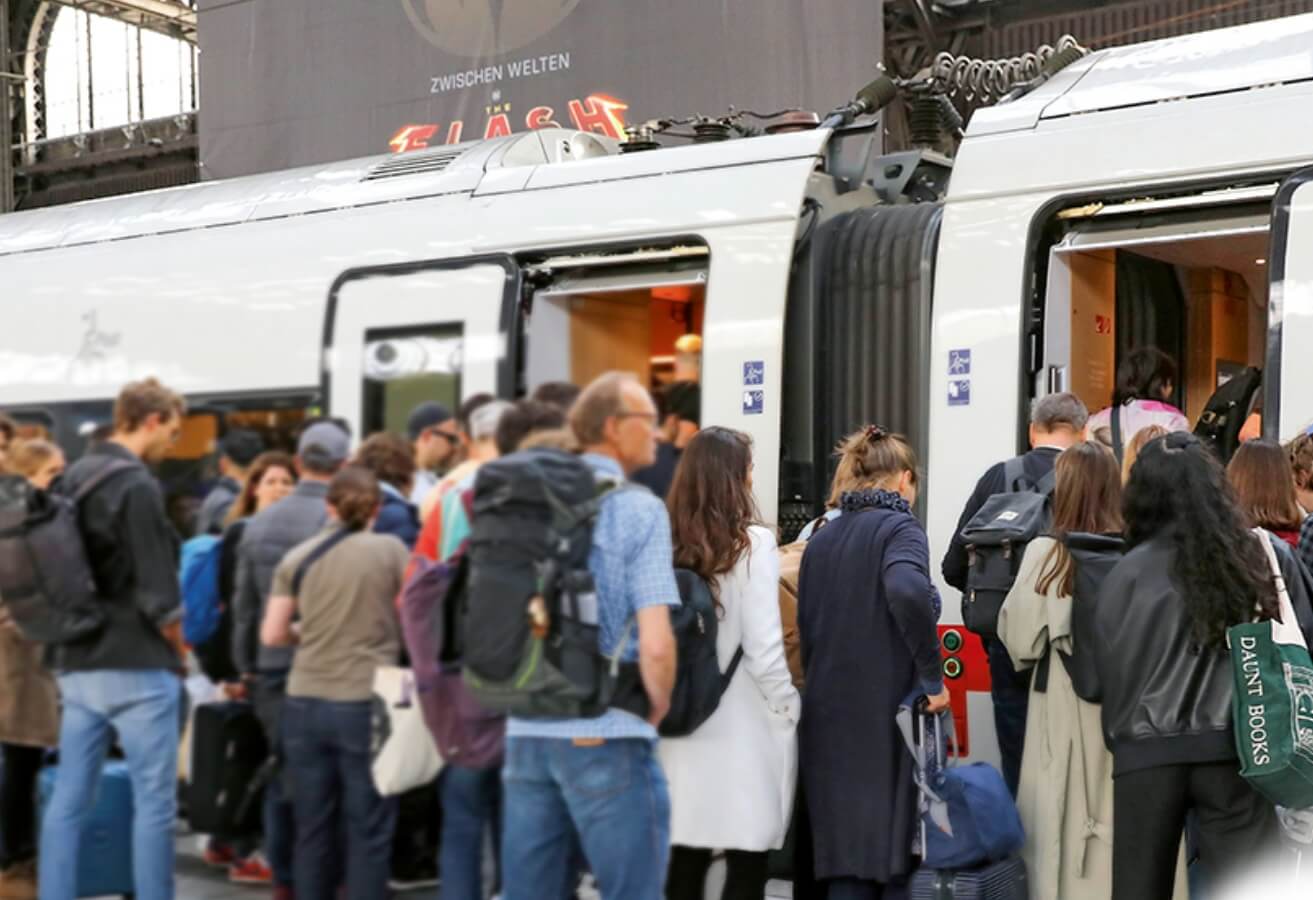

Our goal: from a highly utilized
network to a high-performance
network
In 2023, the Federal Government and DB Group laid down the largest and most comprehensive infrastructure program for the rail network and stations since the 1994 German rail reform, with the aim of making rail transport sustainably more punctual, reliable and efficient, and offering customers a better experience and predictability in passenger and freight transport. The central lever is the general modernization of about 40 corridors in the highly utilized network. This will involve the complete modernization of a corridor – from the extended platform to the superstructure to the digital signaling system. We are laying the foundation for this concept with the 70 km Riedbahn and the 20 stations between Frankfurt am Main and Mannheim. Further maintenance on other sections will build up a high-performance network that stretches over 9,000 km by 2030.
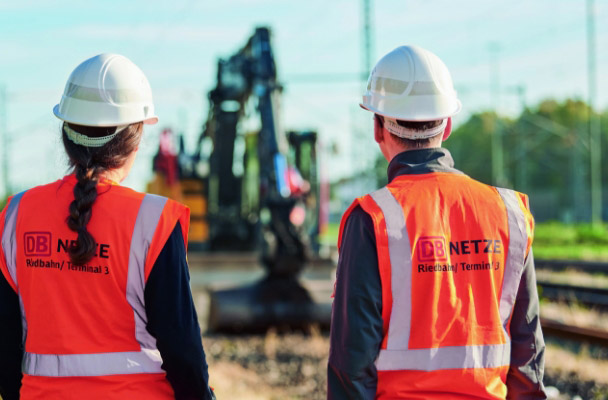
First corridor
(implementation in 2024)

The Riedbahn is one of the most used routes in Germany. Up to 300 trains run on the line every day.

More attractive offers for
the mobility transition
- Unlimited travel for only € 49 per month.
- Valid throughout Germany on all means of local public transport.
- Subscription service (automatic renewal) and can be canceled monthly
- Available online, in the app and at DB Travel Centers.

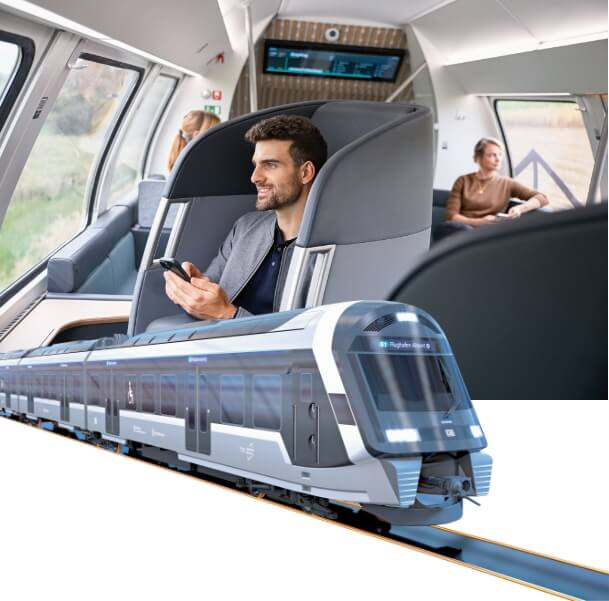
Innovative ideas for the local transport of the future
In order to make local transport attractive for the future, together with our partners in the Federal states and municipalities, we plan to invest about € 12 billion in new and modernized trains and buses by 2030. From 2028, for example, the Munich S-Bahn (metro) will receive 90 new XXL vehicles. Together with partners, we are also developing new, innovative interior design concepts as part of our Ideas Train (Ideenzug) innovation platform.

Improved comfort for a
better travel experience
The first ICE 3neo with our new interior design went into operation at the end of 2023. It offers numerous innovations for improved comfort and features new seats, functions, materials and colors. By 2028, more than 70 additional ICE 3neo trains will follow, featuring the new interior design.


Digital innovations for a
more attractive rail transport
Digitalization and technology are the key to the success of Strong Rail, as they provide increased capacity, efficiency and quality in rail transport. We are focusing on digital rail operations because it makes us more robust, thanks in part to automated timetables and scheduling. Digital maintenance also increases our effectiveness, for example, with predictive maintenance planning.
Use of AI for more punctual trains
An in-house AI-based program currently in pilot operation is helping dispatchers at the control centers of the S-Bahn (metro) in Stuttgart, Rhine-Main and Munich to manage traffic more efficiently, especially in the event of a disruption, and to prevent or reduce delays. In 2024, the system will also be rolled out on other S-Bahn (metro) lines.

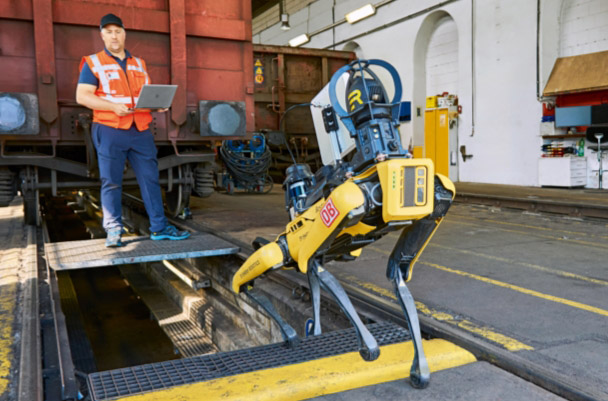
Digital support from Spot the robot dog
Spot the robot dog goes up stairs, climbs into maintenance pits and safely runs over difficult terrain. This allows it to relieve our employees of physically strenuous work, such as long walking distances or elaborate pit work under trains. In 2023, Spot was used for the first time at a DB Cargo maintenance depot to independently identify freight cars and to inspect wheel set shafts.
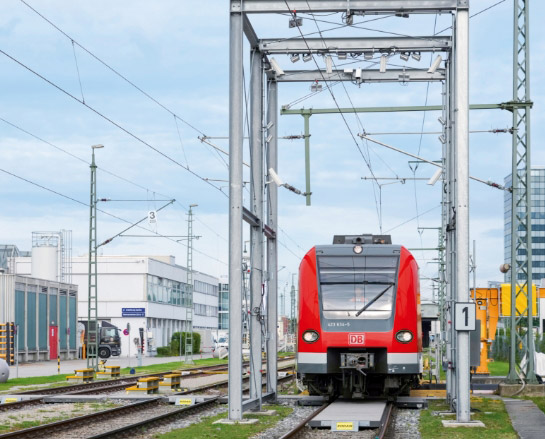
Digital maintenance gets trains back on track faster
Digital tools save up to 20 hours of routine maintenance work per S-Bahn (metro) facility every day.
Currently in use in DB Group:
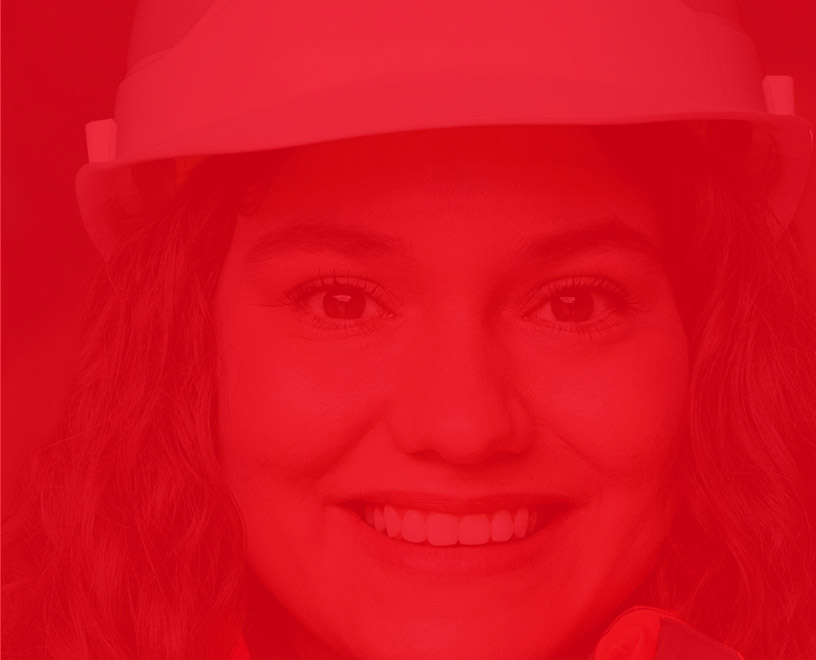
Proactively combating the
shortage of skilled labor
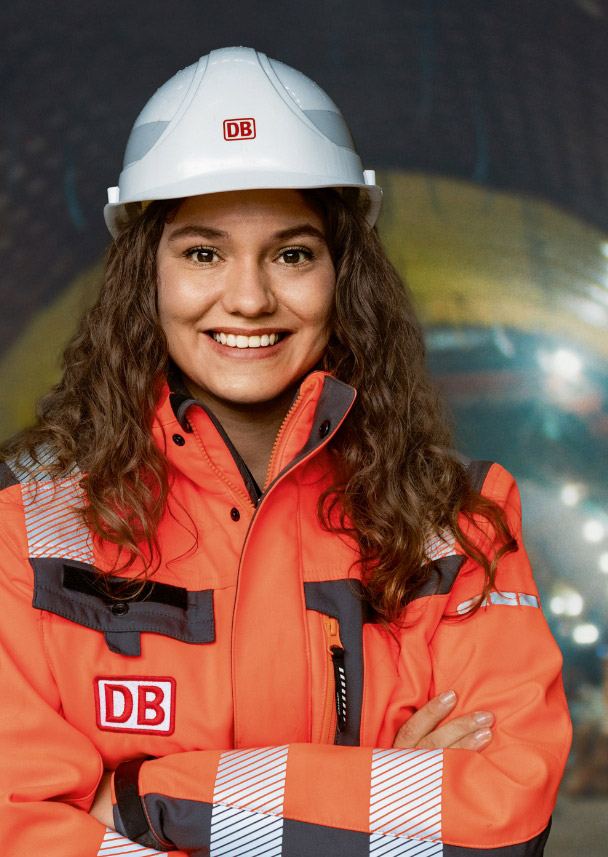
About 28,200 external new hires in 2023 (excluding young talents)
DB Group continues to position itself as an attractive employer in a competitive labor market. In 2023, we brought many new employees on board to improve operational quality and for the general modernization of the infrastructure. This is an important building block on the path to a shift in the mode of transport. Numerous employees for construction projects, maintenance and service on trains as well as train drivers, bus drivers and IT specialists are now strengthening the DB team.
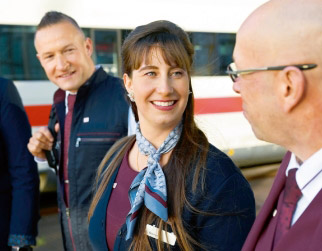
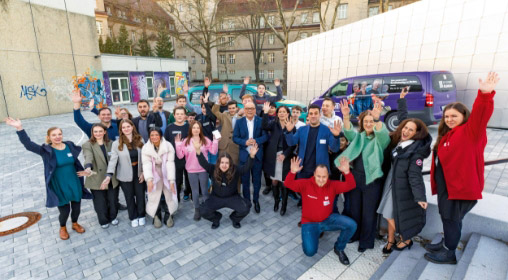
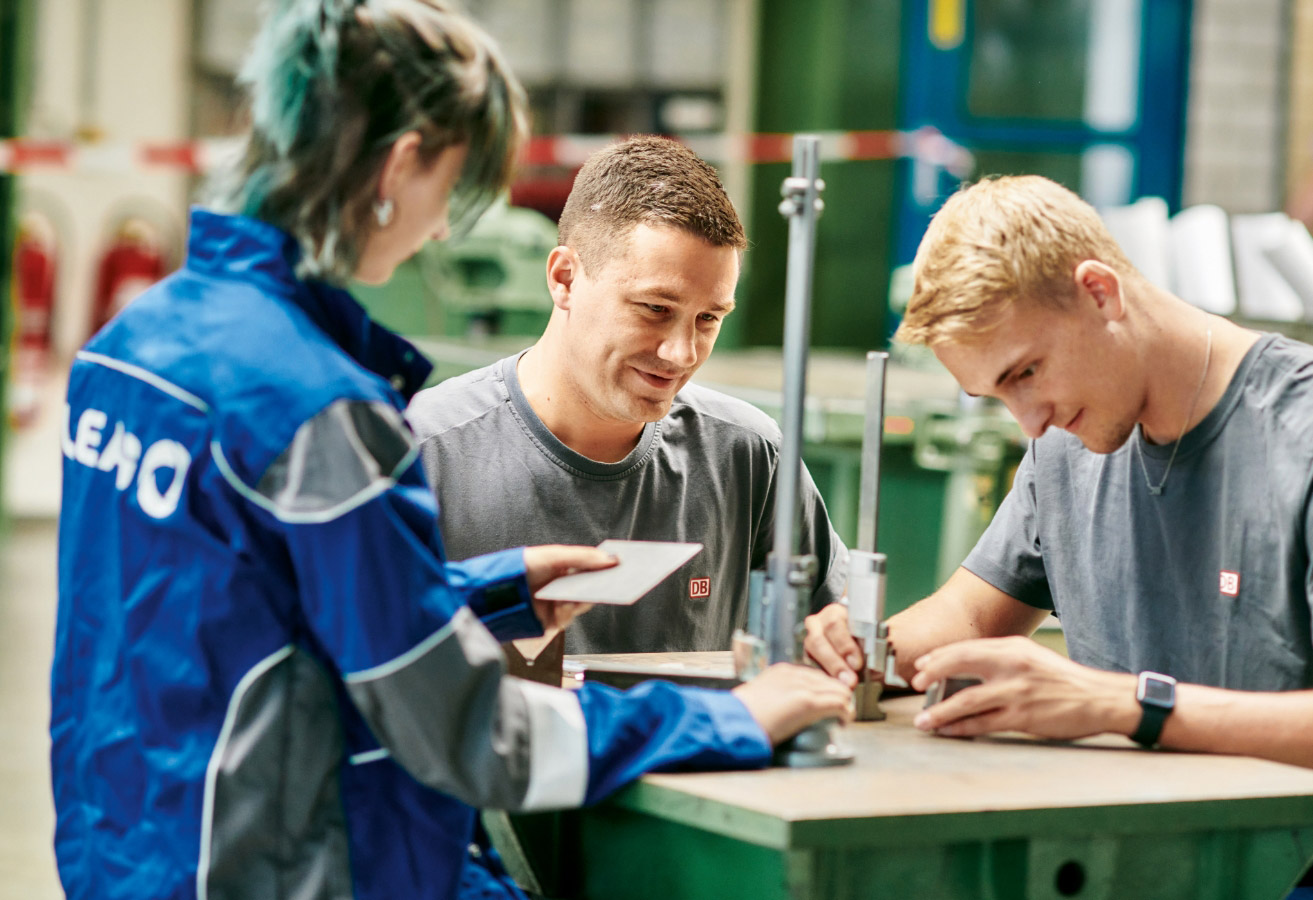
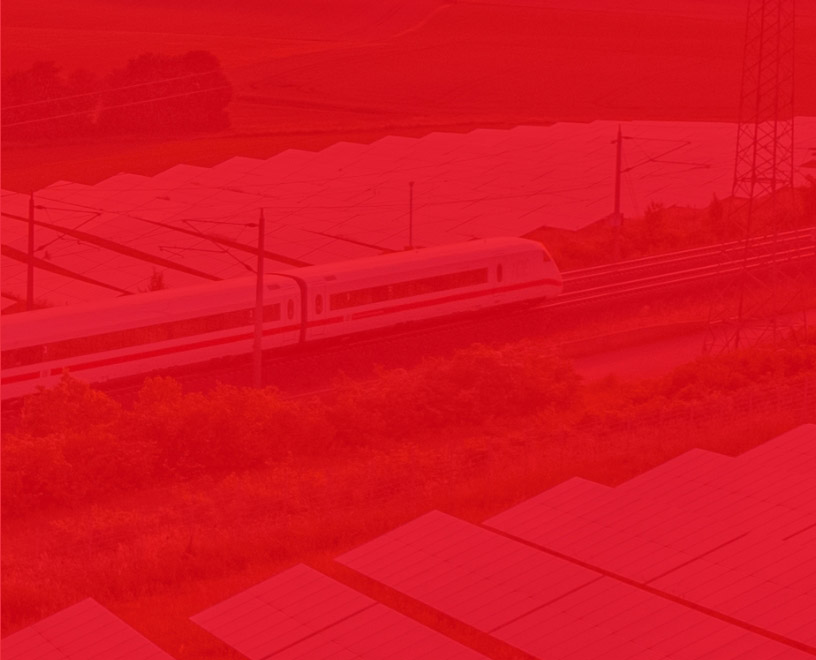
More climate protection for
a future worth living
Every train ride counts and actively protects the climate. No other motorized means of transport today is as climatefriendly and efficient as the rail system in terms of its use of space. Our customers at DB Long-Distance have been traveling with 100% eco-power since 2018.
A new record high in volume sold of over 45 billion passenger kilometers was set at DB Long-Distance in 2023. This saved about 7.5 million tons of CO₂e compared to journeys by car. This once again shows that a significant reduction in greenhouse gas emissions in the transport sector can only be achieved by a massive shift in the mode of transport to climate-friendly rail transport. Only rail transport has been able to continuously reduce CO₂ emissions since 1990. We want to be climate-neutral by 2040, thereby making an important contribution to achieving the climate protection targets of the Federal Government and the EU.
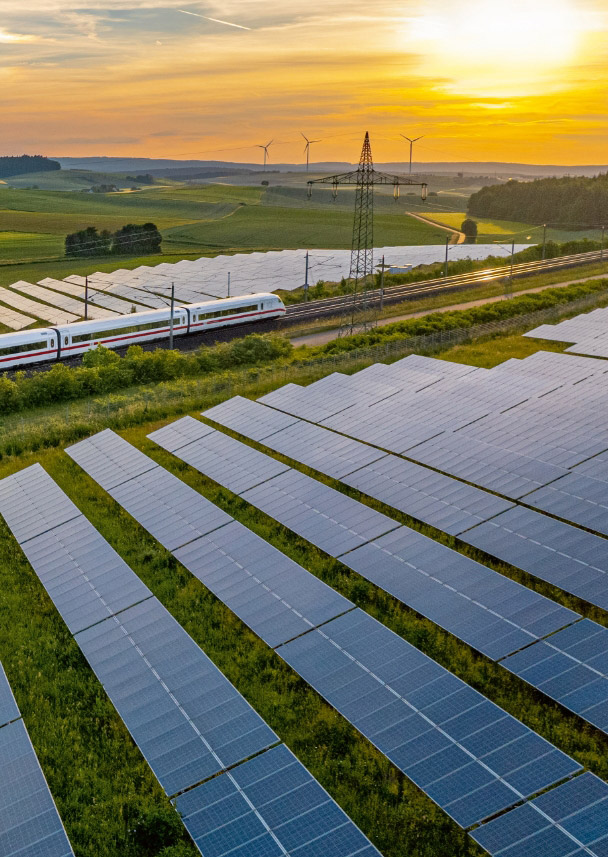
"Together with the Federal Government, we are renewingand modernizing the infrastructure with a program that is unprecedented in DB history. There is no alternative to tackling the backlog of modernization. If all partners in the construction and rail industry work together with us, this effort will succeed."
Dr. Richard Lutz
CEO and Chairman of the Management Board of Deutsche Bahn AG
We get down to work.
For a better railway.
